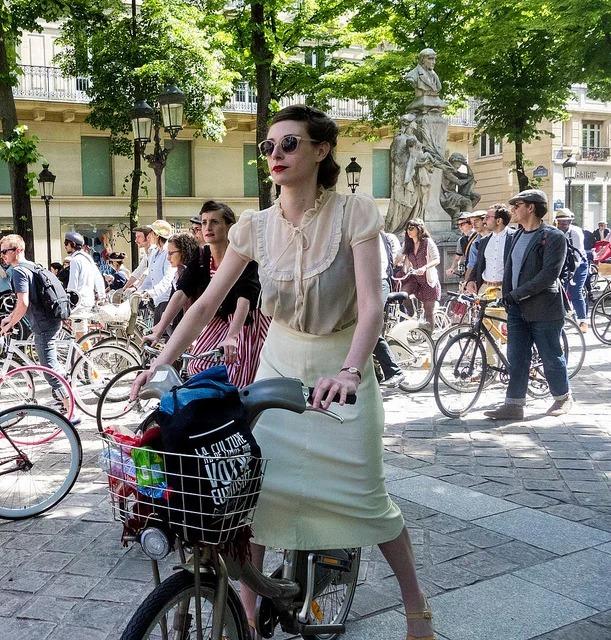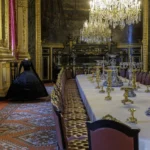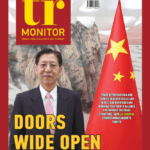Voters across Europe went to the polls in June for the European Parliament elections. Right-wing parties gained ground in the 2024 European Parliament elections, though less than predicted.
In a way, this rise of the right wing can be characterized as Europe’s desire to return to old Europe, a time when there was no immigration and its own culture was dominant.
The effects of the rightward shift in the election results will be clearly visible in all areas, especially in the fight against the climate crisis and migration. But the interesting part of the story is that these results will also be reflected in the fashion world.
The fashion experts are questioning whether the fashion industry is getting conservative, much like the political climate.
Nowadays, contemporary fashion is traversing a wide spectrum, balancing between avant-garde innovation and traditional conservatism.
At Paris Fashion Week, we saw that runway presentations highlight a revival of conservative styles.
During the fashion week, more than 100 brands have unveiled their upcoming fall/winter collections.
The shows featured by Maria Grazia Chiuri presented a collection inspired by the first prêt-a-porter line Dior introduced in 1967, named Miss Dior.
At Louis Vuitton, Nicolas Ghesquière celebrates French style, with an installation by artist Philippe Parreno that echoes the footsteps of the models on parade… somewhere between Truffaut and Carné.
At Bottega Veneta, Matthieu Blazy successfully transforms everyday pieces into a sophisticated wardrobe.
Chanel and Virginie Viard celebrate the house’s codes with jubilant energy: black and white, camellia, tweed, a very girlish silhouette that flirts with the sixties.
At Chloé, Chemena Kawali debuted her first collection as the brand’s Creative Director. Much like her counterparts at Dior, Kawali drew inspiration from the brand’s history. Her collection harks back to the 1970s, a period when Karl Lagerfeld was leading Chloé.
Sean McGirr also presented his inaugural collection for Alexander McQueen. The 35-year-old Irish designer, previously the Head of Menswear at JW Anderson, infused his collection with the grungy aesthetics that Lee McQueen popularized in the 1990s.
At Balenciaga, Demna unveiled his latest collection, marking a decade of his design career and his debut for Vetements, now led by his brother and rival, Guram Gvasalia. Over these ten years, Demna has become renowned for his provocative designs and his critique of many fashion fundamentals, including notions of status, power, and beauty.
Similarly, during Milan fashion week, the macho charm of the late 1950s was at the show. Everybody felt the influence of Mr. Ripley, a Netflix and television series that shaped fashion trends.
Over the past year, the perpetual trend cycle has brought the rise of “old money aesthetics.” These trends are rooted in traditional notions of taste, emphasizing timelessness, elegance, inherited wealth, and authority.
In an age when #tbt (Throwback Thursday) is a hashtag that dominates social media, it’s clear that we live in a nostalgic world. This nostalgia-mania is not a new phenomenon, especially for the fashion industry, where current trends often appropriate those of the past.
But why does fashion limit itself to replicating bygone eras? Perhaps because people spontaneously seek familiarity.
They prioritize material quality and a conventional idea of good taste over translating complex cultural symbols. This shift doesn’t necessarily align with conservative ideals, but rather with conservative looks that cherish traditional notions of good taste. The focus is on clothing that makes us feel and look good instead of being temporary.
In a world where tomorrow is uncertain, where there are economic crises, wars, migrations, and humanitarian disasters, perhaps what we need most is to relive familiar, familiar memories. Going back to the past…










